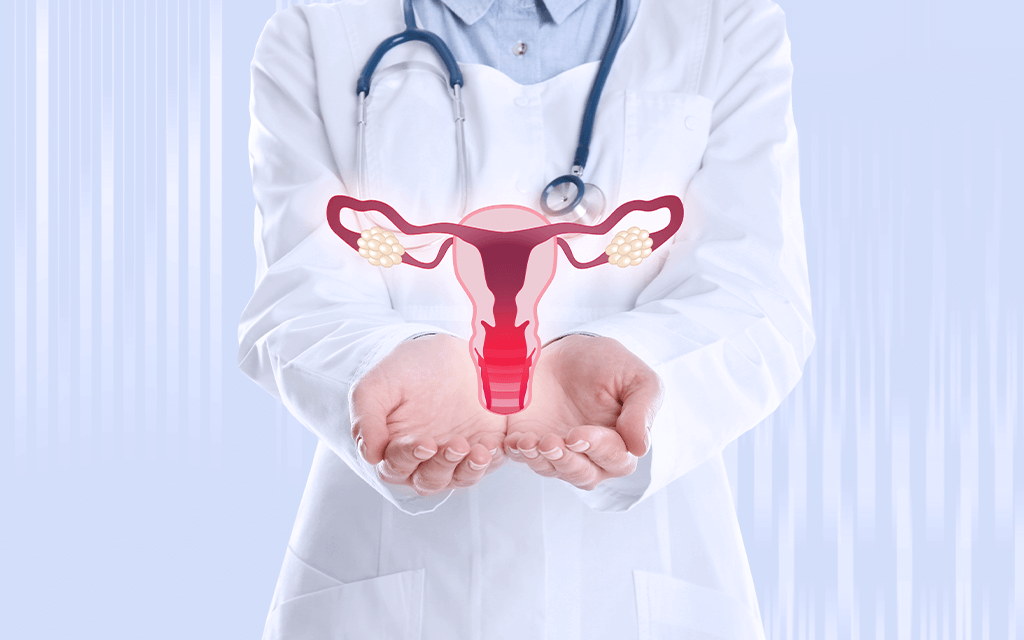Is a Yeast Infection Contagious?
24/01/2023

Yeast infections are generally not considered high contagious like a cold or the flu. They are caused by an overgrowth of naturally occurring Candida fungus in the body. While yeast can be present on the skin and in various body parts, transmission between people is rare. The question of "is a yeast infection contagious orally" and "are yeast infections contagious sexually" are relevant. But, in some cases, yeast infections can be transmitted through sexual contact. As for "is a vaginal yeast infection contagious," it's important to note that yeast infections in the vagina can be transmitted sexually in some cases.
What is a yeast infection?
A yeast infection is a common condition affecting up to 75% of women at least once in their lifetime. The vagina's balanced mix of bacteria and yeast, regulated by estrogen, can be disturbed, leading to an overgrowth of Candida fungus and causing a yeast infection.
Yeast naturally exists on the skin and in the digestive system, but overgrowth in certain areas can cause different types of yeast infections.
Women are more susceptible to vaginitis if they have unprotected sex, creating an ideal environment for yeast to grow. Vaginal yeast infections cause itching and burning around the vagina due to Candida overgrowth.
In men, yeast infections can affect the penis, known as penile yeast infection, often caused by unprotected sex with an infected woman. Recurring yeast infections are common, especially in pregnant women, those with diabetes, or a weakened immune system.
Is a yeast infection contagious?
Yeast infections can affect various body parts, but healthcare providers use different names for them. They are not considered sexual transmitted infections (STIs), so the question of "can a yeast infection be contagious" is relevant.
Contracting or spreading yeast infections through kissing, sex, or breastfeeding is possible but uncommon.
Some factors that may make someone prone to developing the infection include an autoimmune disorder, poor hygiene, diabetes, or an imbalance of healthy bacteria to balance the Candida fungus.
In summary, while yeast infections are not typically contagious in the same way as STIs, transmission through sexual contact and other means is possible under certain circumstances.
Yeast flourishes in warm, dry environments, especially when fed by sugar from a person's diet. To avoid spreading thrush during kissing, drink plenty of water, brush teeth and tongue, and rinse with saltwater. Penetrative sex may pass yeast, but it may or may not cause an infection in the other person.
Partners with vaginas are more likely to get vaginitis if they have unprotected sex, as the warm and moist vagina is an ideal place for yeast to grow. A vaginal yeast infection causes itching and burning around the vagina and is caused by an overgrowth of Candida.
What are the signs and symptoms of a yeast infection?
Yeast infections can appear on different body parts, such as skin folds (armpits, groin, and under the breasts), between fingers or toes, around the nail beds, corners of the mouth, genitals, and anus.
Common symptoms of yeast infections vary based on the affected area:
Vaginal yeast infections:
- pain
- redness
- irritation in the vagina and vulva
- pain during urination or intercourse
- abnormal vaginal discharge
- an itchy or burning sensation in the vagina
Skin yeast infections:
- skin inflammation
- itching
- moist skin
- peeling or cracked skin
- red skin
- small superficial papules and pustules
- possible secondary bacterial infections with an unpleasant odor
Penile yeast infections (in males):
- itching or burning on the tip of the penis or foreskin
- redness or a red rash on the penis
- swelling around the tip of the penis and foreskin
- cottage cheese-like discharge
- sores or white patches of skin
- difficulty pulling back the foreskin
- difficulty urinating or controlling urine stream
- problems getting or keeping an erection.
Oral thrush:
- white patches inside the cheeks, on the tongue, the roof of the mouth, throat
- a red or sore mouth and throat
- dry mouth
- loss of taste
- painful swallowing
Complications and side effects of a yeast infection may occur if left untreated for a long time.
How to quickly cure Yeast Infection?
To quick cure a yeast infection, you can use over-the-counter creams for mild to moderate cases. But, if your symptoms persist or worsen after a few days, it's crucial to consult your doctor.
For more severe yeast infections, prescription medication may be necessary. Your doctor might recommend antifungal treatments applied topical as creams, taken oral as pills, or used as vaginal suppositories. If your symptoms persist beyond a week, it's best to reach out to your doctor to rule out any underlying serious condition.